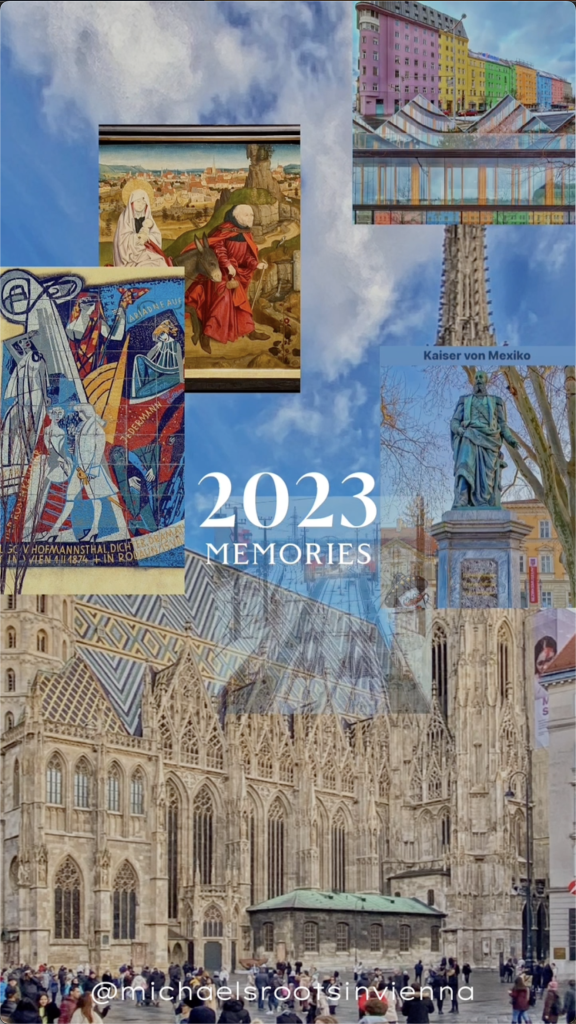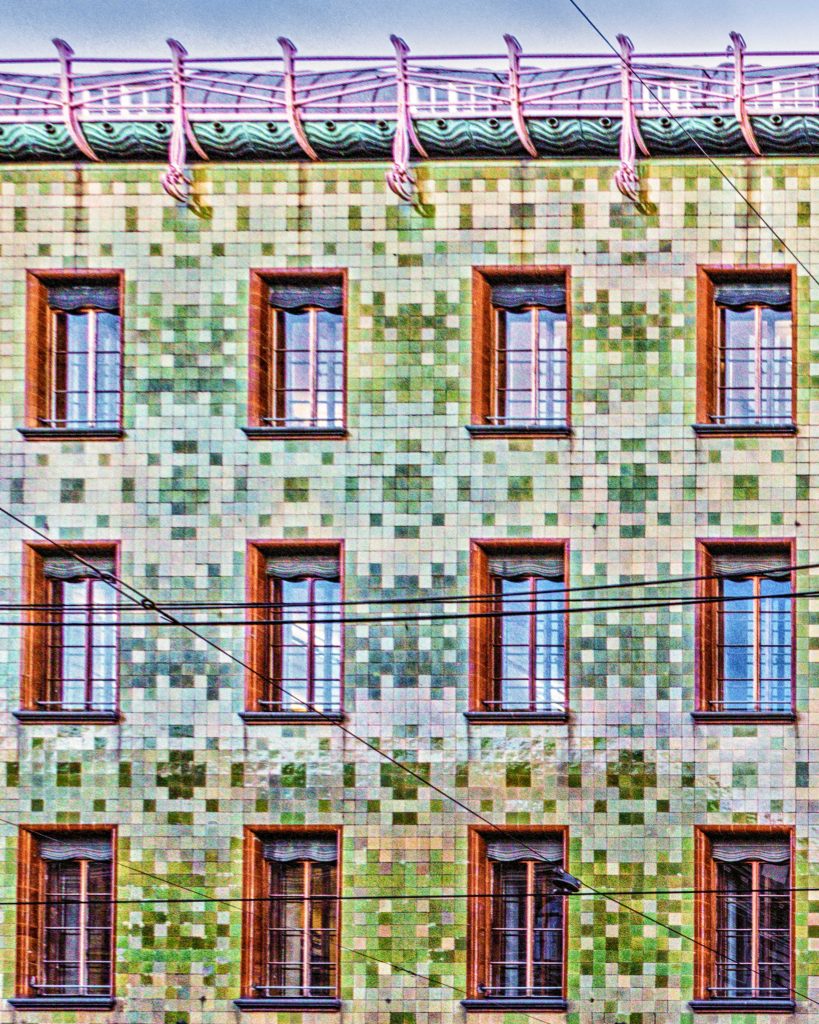Villa Schmutzer

The listed and recently renovated Villa Schmutzer in the Cottage Quarter in the 18th district was commissioned by Prof. Ferdinand Schmutzer in 1909/10 and built in country house style by the innovative Viennese Art Nouveau architect Robert Oerley.
Schmutzer came from a family of artists; his great-grandfather founded the „k.k. Kupferstecher-Academie“ in Vienna, a building block of the later founded „k.k. Academy of the United Fine Arts“. Like his grandfather and father, he started out as a sculptor and then studied painting at the academy.
Schmutzer was extremely successful as a portraitist of Viennese society: his contemporaries included Sigmund Freud, Albert Einstein, his neighbor Arthur Schnitzler, Emperor Franz Josef I and the Vienna Philharmonic Orchestra, and the villa of Ferdinand and his wife Alice was a meeting place of cultural Vienna.










